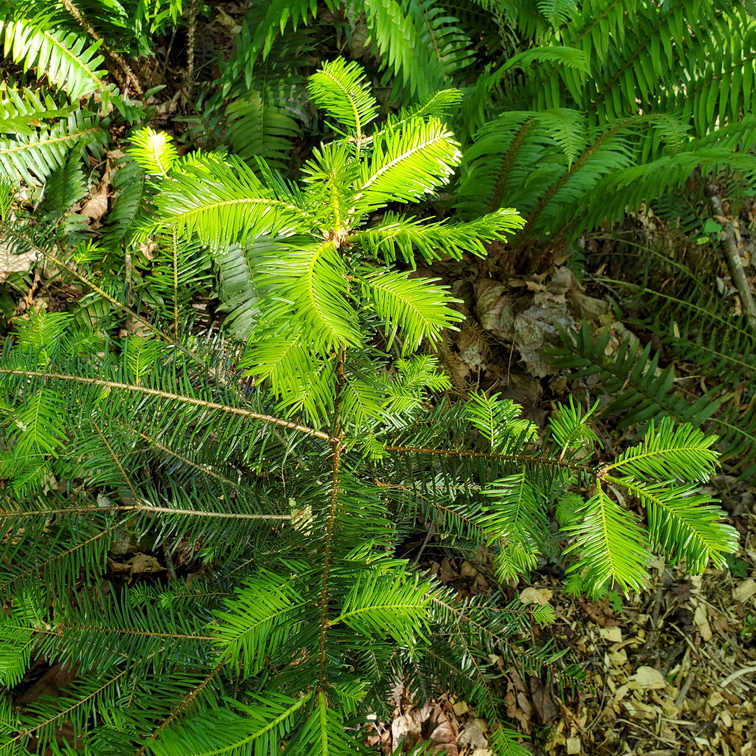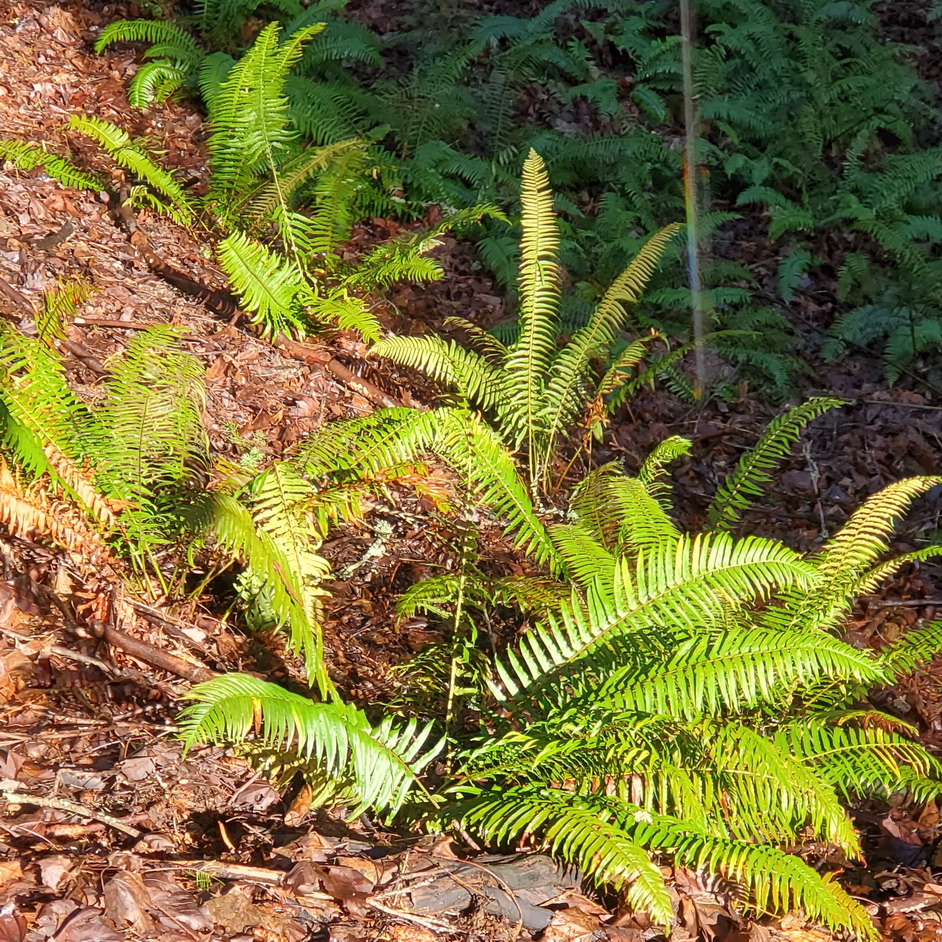Category: Forest Restoration
-
Marking Future Transplants During the Dry Season
The dry season is a good time to look for sapling trees, shrubs, and small forbs growing in weedy areas or in spots too close to trails and marking them to transplant later when the wet season returns.
-
Watch for Pathfinder and White-Flowered Hawkweed
If you are ridding your backyard forest of weedy Nipplewort and/or Wall Lettuce, try not to inadvertently remove any indigenous Pathfinder or White-Flowered Hawkweed. All four plants have similar structural appearances, their ranges overlap, and they can all survive on “sunflecks.”
-
Weeding – The Essence of Backyard Forest Restoration
Recently, bending over to remove an Herb Robert from a patch of Bleeding Heart, it occurred to me that hand weeding is the very essence of backyard forest restoration — at least for idealists like myself who are trying to achieve ground covers and shrub layers comprised almost solely of native plants. Weeding can be…
-
Improving the Balance in the Soil Seed Bank
“Even the weeds look lovely in May.” From Arthur Lee Jacobson in his book Wild Plants of Greater Seattle. April comes and goes. The rainy season begins to wind down, but the soil remains moist. Days grow longer and highs begin to flirt with 60 degrees. Nighttime lows no longer drop into the 30’s. All…
-
Compost Heaps in the Backyard Forest
What should we do with all of those invasive plants after we’ve pulled them out of the ground? My preference is to compost them on site to help maintain local soil fertility, and I’ve developed a few preferences that I thought might be worth sharing.
-
Elk Hill in Spring
I was feeling grateful on a recent spring morning as I walked through the forest on Elk Hill. It seemed like the years of restoration work had all been worth it.
-
Weed Whacking Bad Edges — Some Pros and Cons
Last year, I began weed whacking a few “bad edges” to see if it would help prevent the weeds from recolonizing adjacent “good areas.” I have some preliminary opinions on some pros and cons of this practice.
-

Should We Plant Conifers in Our Backyard Forests?
Should we be planting conifers in our backyard forests to eventually replace the existing large trees?
-
Trailing Blackberry X Himalayan Blackberry Hybrids
Does the native Trailing Blackberry hybridize with the invasive Himalayan Blackberry, and if so, what does this mean for backyard forest restoration?
-
The Useful Garden Fork
The garden fork is a useful tool for loosening soil prior to removing invasive plants and for planting natives.
-
Two Easy Wet-Season Transplants
Large-Leaved Avens and Fragrant Fringecup are evergreen, perennial forbs native to the Puget Lowlands. I’ve had good success “rescuing” and transplanting both during the wet season without irrigation.
-

The Bradley Method
Published in Australia in 2002, “Bringing Back the Bush – The Bradley Method of Bush Regeneration” encapsulates the principles and methods developed by sisters Eileen and Joan Bradley based on their years of work restoring portions of a natural area in Sydney.
-

Fire Ladders and Douglas Firs
Though wildfires are rare in Puget Lowland forests, when they do occur mature Douglas Fir trees can be killed if fire reaches their crowns. One way this can happen is through “fire ladders,” which can be prevented by pruning the lower branches of Western Redcedars and Western Hemlocks.
-
How Soil Fertility Benefits from the Roots of Plants
We know that most plants need fertile soil for optimum growth, but how does the fertility of the soil itself benefit from the plants that grow on it?
-

Hedera Etcetera, Part Two
In terms of controlling erosion, is it better to allow existing blankets of “Seattle’s worst weed” to remain on steep slopes?
-

Hedera Etcetera, Part One
Backyard forest restoration begins with the removal of Ivy. There are two main types growing wild in Northwest forests. Is it important to be able to tell the difference?
-

Mosses and Lichens
In the Puget Lowlands, mosses and lichens add to the beauty of our backyard forests, and now, saturated with moisture from the fall rain they have awakened from their dry-season dormancy.
-

Rescuing Sword Fern and Bigleaf Maple
The wet season has returned – time for fall planting. I have been rescuing Sword Ferns and Bigleaf Maples and moving them to spots where they have a better chance to grow to maturity.
-

Disposal of Invasive Plants and Other Weeds
For disposal of invasive plants and other weeds, my preference is to compost them in the same general area in which they grew, but sometimes that is not a good option.
-

Mycorrhizal Associations Between Douglas Fir and Other Tree Species
Does Douglas Fir form mycorrhizal associations with Red Alder, Western Hemlock, or Western Redcedar?